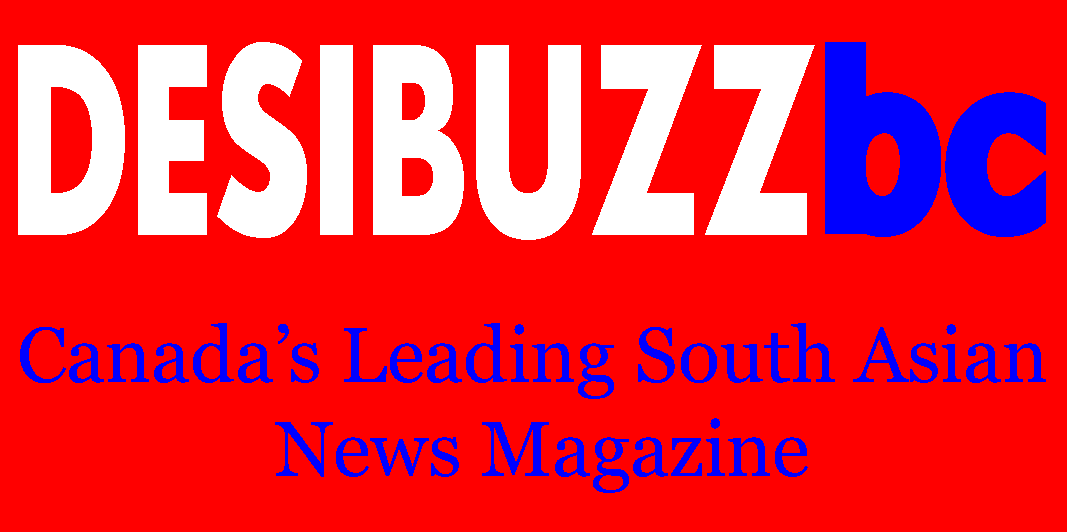DESIBUZZCanada
Events Listings
Dummy Post
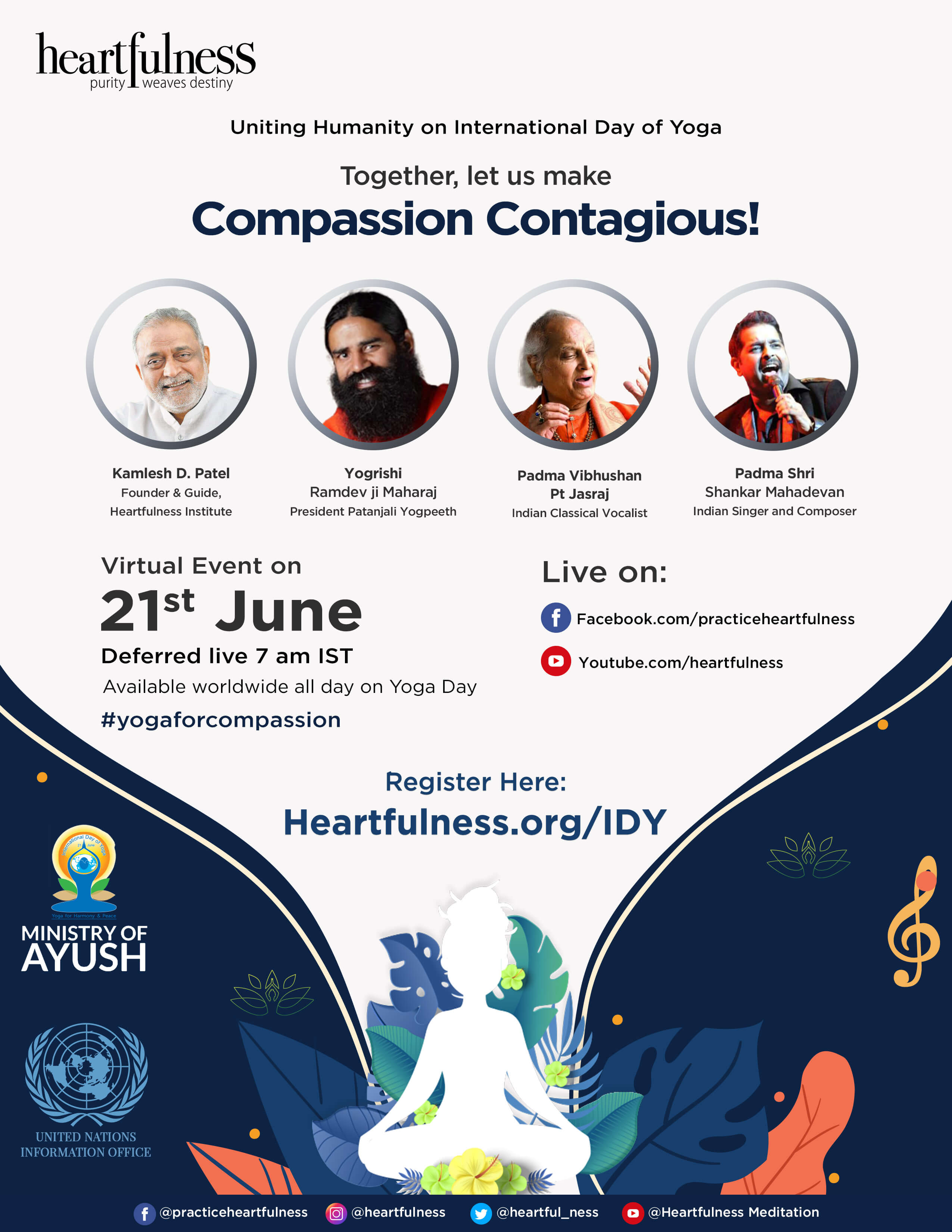
International Day Of Yoga To Be Virtually Celebrated Saturday At 4pm
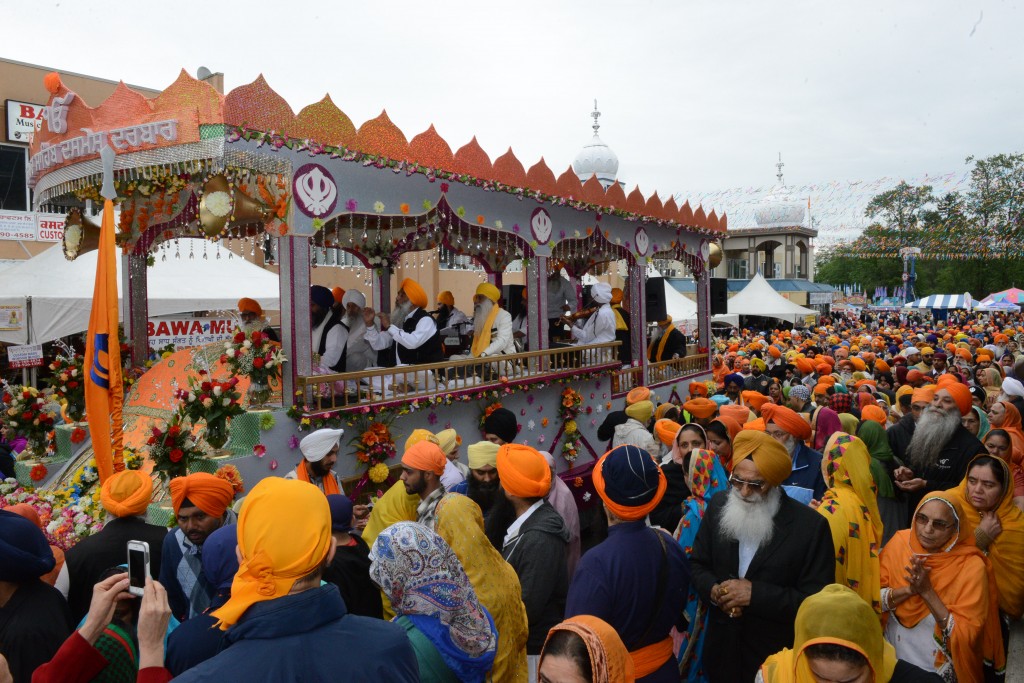
CANCELLED: Coronavirus Fears Kills Surrey’s Vaisakhi Day Parade

ADVERTISE WITH US: DESIBUZZCanada Is The Most Read South Asian Publication Online
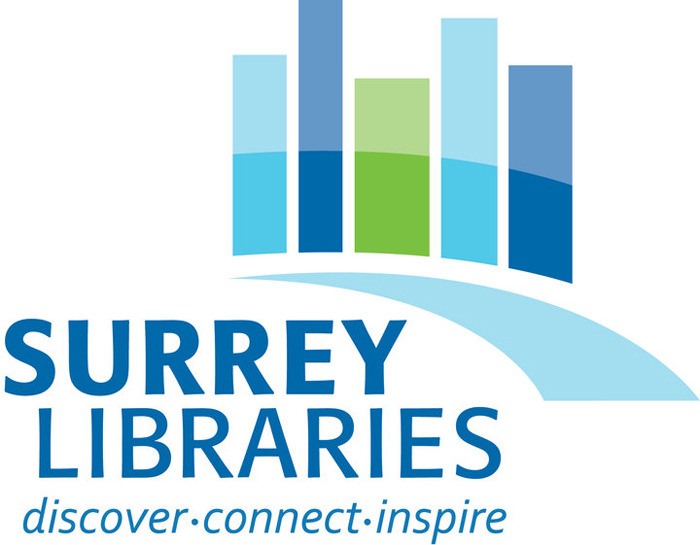
SURREY LIBRARIES: Get Technology Help At Surrey Libraries
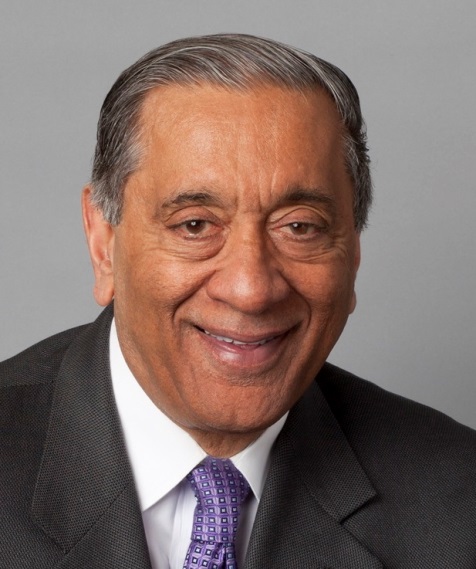
WALLY OPPAL: Surrey Police Transition Update On Feb. 26
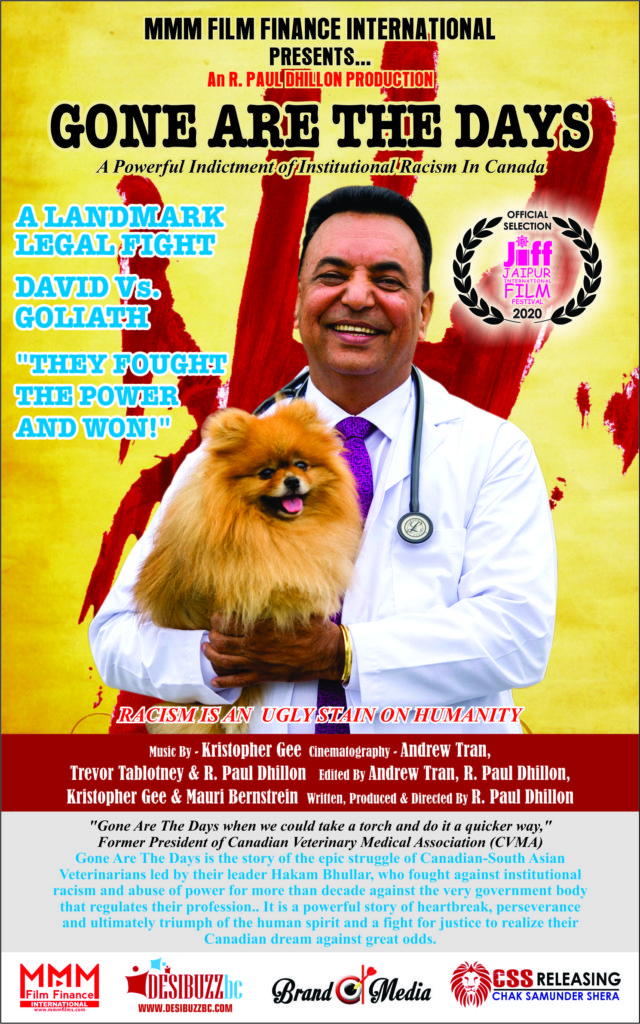
GONE ARE THE DAYS - Feature Documentary Trailer
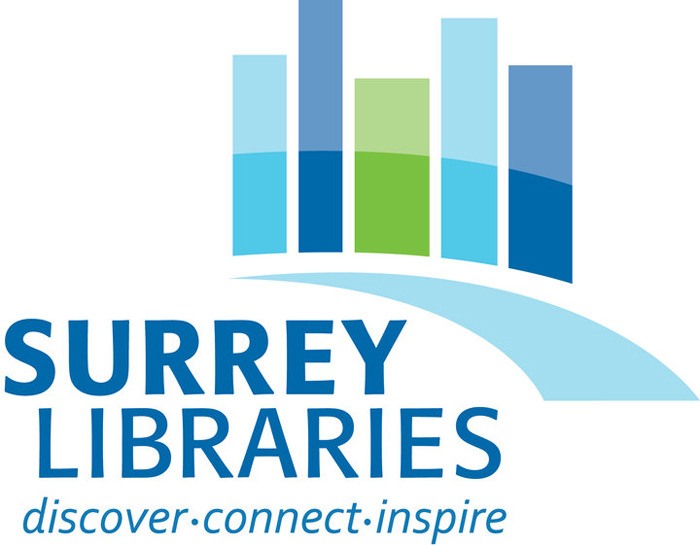
Technology Help At Surrey Libraries
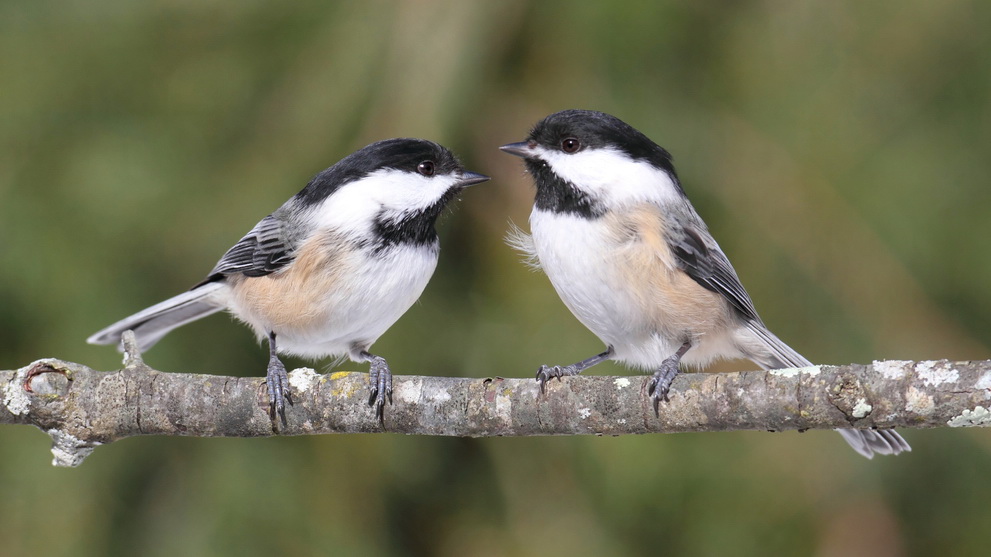
Birding Walks

Plea Poetry/short Story : Youth Contest
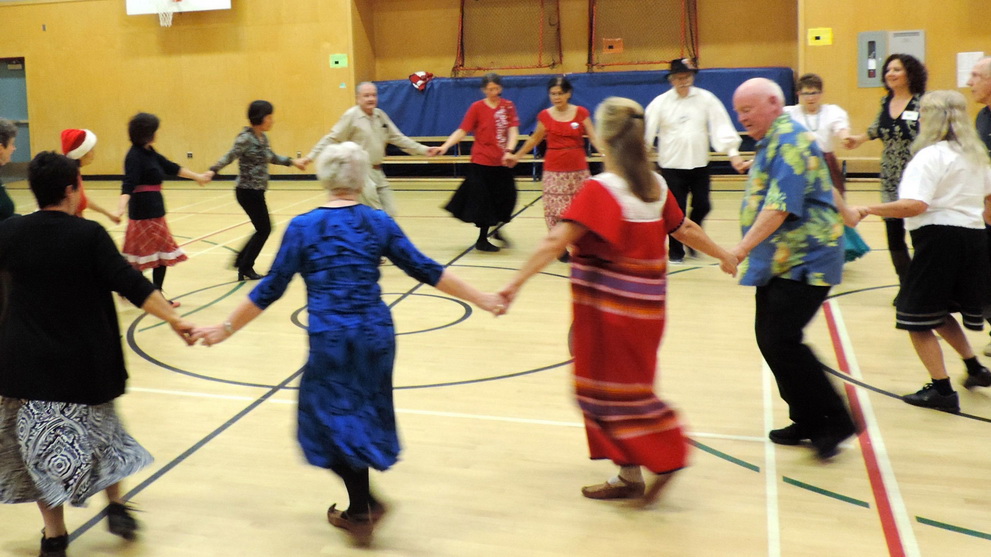
International Folk Dancing Drop-in Sessions
It’s Time Canada Appointed An Indigenous Governor General
- July 6, 2017

POSTED BY: DESIBUZZCANADA JULY 6, 2017


It will be the best gift to mark “150 years of celebration”, to appoint an indigenous person as next Governor General, in September. Granted, it will be a symbolic gesture, but it will go a long way to heal the wounds and set us on the road to becoming a truly inclusive society.

By Bhupinder Singh Liddar
Canada has had loads of English and French origin Governor Generals, and one each of Ukrainian, Asian and African origin, but none from Canada’s indigenous people – the original inhabitants of this country!
It will be the best gift to mark “150 years of celebration”, to appoint an indigenous person as next Governor General, in September. Granted, it will be a symbolic gesture, but it will go a long way to heal the wounds and set us on the road to becoming a truly inclusive society.
The English and French settlers in Canada occupied the Governor General’s office by alternating it between themselves: appointing an English-origin Canadian followed by a French-Canadian, and so on, until 1989, when then Prime Minister Brian Mulroney broke the tradition by appointing Ray Hnatyshyn, of Ukrainian origin. Mulroney also appointed Lincoln Alexander, first black Canadian as Lieutenant Governor of Ontario, in 1985, and first Chinese origin, Hong Kong-born, David Lam, as Governor of British Columbia, in 1988 and former Prime Minister Jean Chretien appointed the first indigenous person, James Bartleman, as Lieutenant Governor of Ontario, in 2002.
Jean Chretien appointed Adrienne Clarkson Governor General, in 1999. She had come to Canada as a refugee from Hong Kong in 1941. Clarkson was followed by Haitian-born, Michaelle Jean, in 2005.
The symbolism of all these non European-origin appointments has played a significant role in the evolution of Canada becoming a welcoming, tolerant and an all inclusive society. Similarly the appointment of an indigenous person will send a very powerful signal to all Canadians of the respect and regard that we owe to indigenous people. The visits by these high profile public office holders to schools have a profound, positive and lasting impact on young Canadians as to the kind of country Canada is or we are trying to build where everyone is equal and treated with respect. Similarly, the appointment of an indigenous person, will help dispel the negative, stereotypical images embedded in our history, and lay the groundwork for a new and equal relationship.

Canada, unfortunately, has some nasty history. For instance, no indigenous person was invited to the three constitutional conferences, which culminated in Canada becoming a Confederation, although they had been here, long before the European (French and English) settlers came. In fact, at these conferences political leaders spoke unashamedly of Canada as “a white man’s country”.
In fact, women were granted the right to vote, in 1918, while the Indigenous people did not get the right to vote in a federal election, without losing the treaty status, until much later, in 1960!
Most Canadians are unaware of the shameful legacy of the ill-treatment of indigenous peoples. It is not taught in schools. However, Canada, to its credit, has acknowledged wrongs of the past. Former Prime Minister Stephen Harper in issuing an apology in Parliament, on June 11, 2008, to indigenous residential school survivors, said: “The primary objectives of the residential schools system were to remove and isolate children from the influence of their homes, families, traditions and cultures, and to assimilate them into the dominant culture. The objectives were based on the assumption aboriginal cultures and spiritual beliefs were inferior and unequal.”
Canada’s Supreme Court Justice Beverley McLachlin acknowledges Canada attempted to commit “cultural genocide” against indigenous peoples, in what she calls the worst stain on Canada’s human rights record.
In marking Indigenous National Day last week, Prime Minister Justin Trudeau removed the name “Langevin” from the building housing the Prime Minister’s Office, from across Parliament Buildings, in Ottawa. The reason: Sir Hector-Louis Langevin was associated with forced removal of indigenous children from their families and sending them to Christian residential schools. Such progressive and thoughtful moves are bound to encourage reconciliation and harmony.
Hopefully, the appointment of an indigenous person as Governor General of Canada in September, will usher in a new era of reconciliation and writing the final chapter of making this country an inclusive, compassionate and a just society.
Bhupinder S. Liddar, is a retired Canadian diplomat and former editor/publisher of “Diplomat & International Canada” magazine. www.liddar.ca



